|
This blogpost was originally posted on EdWeek on April 24, 2018: http://blogs.edweek.org/edweek/global_learning/2018/04/using_partnerships_to_build_a_better_world_through_education.html?preview= By Dr. Jennifer Williams "Your efforts to work collaboratively as educators are a good start. Though if we are going to reach these global goals, we must find ways to move beyond working in collaboration alone and instead join together in solidarity." These powerful words spoken by then-United Nations Ambassador of Grenada, Ambassador Dessima Williams, have stayed with me for well over a year. Said with hands together, fingers interlaced and firmly locked, I believe this word "solidarity" continues to echo for all of us that were in that meeting that day. Standing outside on the steps that had earlier led us into the United Nations building, with flags of the world now moving in unison as the cold New York City January wind blew past, and after tasked in our meeting by Ambassador Williams and a team of UN delegates to find ways to use education to help realize the Sustainable Development Goals, I remember looking at my colleagues—fellow teachers who also knew we needed to do something, anything, we just were not sure what—and, saying "Well, how about we start with a hashtag?" And, at that moment, #TeachSDGs began. Charged with advancing the work of the UN in relation to education through advocacy and outreach, we quickly recognized that our group of four educators all from North America, though steadfast and determined, was far from representative of a world that knew many definitions of teacher, school, and system. To meet a universal call to action that ensured no one would be left behind, we needed more voices. So, with no more than a hashtag and a little determination, we set out to find others who were ready to mobilize and get to work in our grassroots efforts to help reach these 17 goals that hold a promise of transforming our world. Sustainable Development Goal 17: Partnership for the Goals, though last in line numerically in a sequence of goals that we as a world are committed to reaching by the year 2030, is one that is viewed by many as a connector goal binding the 16 before it. SDG17, represented in dark navy blue with five white circles that overlap and converge at many points, prioritizes coordination, cooperation, and global partnership. Though many outside of education are quick to associate only SDG4: Quality Education with teachers, educators today are faced with the need to engage with all the goals as our classrooms of students know poverty and hunger, inequality and injustice. As teachers, we take action for the climate and for clean water, and we seek well-being and peace for our students and for all citizens of our world. We, by design as a profession, are focused on all the goals. As I see it, Global Goal 17, much like the job of a teacher that looks out for all students in a classroom, is the essential caretaker. Connecting Points: Strengthening Worldwide Partnership
The complexity of the global goals requires sound infrastructure and unified vision. Inspired by SDG17, we as the cofounders of #TeachSDGs developed a plan to prioritize process and coherence in our efforts to bring global educators together in conversation and cooperation to transform the world. Too, as we believed it was critical to be aware of our privilege and perspective, we worked to move beyond our networks and empower the voices of others. Four soon grew to 17, which then, through a process of pledge-taking, expanded to over 1,200 global educators. Lines on a symbolic map that connected #TeachSDGs would now cross oceans, continents, and borders and pass through beautiful lands with names such as Tunisia, Saudi Arabia, Costa Rica, Romania, Abu Dhabi, Bangkok, Paris, Akungba Akoko, Ghana, Iran, San Diego, Islamabad, Sri Lanka, Buenos Aires, Brussels, and many, many, many other world locations. Distributed Leadership: Removing Hierarchy to Prioritize Solidarity
Sustainable Development Goal 17 calls on us to strengthen the means of implementation and revitalize the global partnerships for sustainable development. For us, when formulating our efforts and our processes, we could not envision that a system built on a hierarchy of power could effectively allow for transmission of ideas or sharing of knowledge and expertise. Just as the global goals belong to each and every citizen of the world, we believed that #TeachSDGs belonged to all educators. For facilitation of any type of progress, the approach needed to be integrated, equitable, and accessible. To flatten leadership, we knew we wanted to move to a model of leadership by committee, and we were set to keep #TeachSDGs a movement that was for and always by teachers. Onward: Seeking Out New Ways of Communicating & Innovating
Today, we are organized by committee with a focus on responding to the call to action to meet the Sustainable Development Goals through (1) global projects, (2) resources and publications, (3) world events, (4) advocacy and outreach, (5) communications, and (6) partnership. With 104 ambassadors leading the way, we recognize that for our world to succeed in hitting the targets by 2030, we must have sufficient means to access and implement the goals. The goals invite and encourage us to reconsider the ways we communicate and share information. For us, use of collaborative forms of technology has been the accelerator to scale out messages, ideas, and announcements. We have engaged in technologies with free tools such as Twitter, Skype, Voxer, WhatsApp, Empatico, and Flipgrid. We've brought global educators together in Twitter chats, in global games with Kahoot!, and in global student learning experiences with World's Largest Lesson. Technologies connect us and allow us to make data-driven decisions based on people-centered strategies. Each day, educators take the pledge to teach the SDGs at www.teachSDGs.org, and we are working to provide the needed resources to our ambassadors and others that aim to get the message out to those that may not have access to technology or reliable information. Bit by bit, it is through partnership and in solidarity that we move forward. We invite you to join us as a partner in the movement to #TeachSDGs by trying one or more of these ideas framed according to direction provided by Sustainable Development Goal 17:
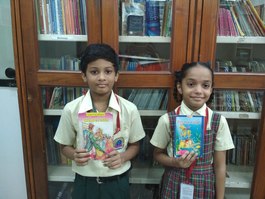 By Khushboo Dubey, Mumbai I am a traveler and an avid reader both my passions led me to where I am a passionate educator. I am currently associated with a school as Resource person for Educational initiatives and Global Partnerships. I also take care of Language development through reading. I am a SDG enthusiast, and it inspired me to take this as a challenge and currently I work to promote SDG’s through reading for my students, teachers and support staff. Objective: To show how schools can adopt reading for spreading awareness about SDG’s. Why it’s important: United Nations has chartered the Sustainable Development Goals, officially known as “Transforming our world: 2030 Agenda for sustainable Development. It is a set of 17 Global Goals to be talked about and achieved." For me these goals are important to have a better world for the future generations to live peacefully. Peace is an important word, maintaining peace, when you don’t have adequate resources to live or when you suffer inequality or when the environment around is falling apart is not only difficult, it’s impossible. Hence, I want my students to create a world in which they have peace with themselves and within the world. Reading about SDGs shows them that this is a dream of millions of SDG ambassadors across the world who are working diligently on the global goals. I am trying to do my bit for the same. Reading should free the mind, taking a person from known to unknown; hence I connect reading with SDG. I have 1,500 students in my school and teaching all of them is quite a task. So, I have decided to take it one step at a time. I am now introducing them to the global goals through stories, newspapers, and magazines; there is no better way to gain knowledge than reading a book. Students will grow up to be our leaders in the future and should be aware of cultural diversity, differences, and interconnections of the world. Introduction to SDGs has nurtured in them an appreciation for people and culture. It expanded the horizons of their minds and enabled them to look at problems and brainstorm solutions from a broader, more global perspective. This is how I do it:
4. We have discussions about the books and the related goals. 5. Poster creation about the goals to spread awareness. 6. I also make everyone read every book so my students read fairy tales and STEM books together. I use social media like Twitter, Facebook, and LinkedIn articles to start a discussion or make them aware about what other students are doing around the world. This has helped them to be thankful for what they have and work towards providing others who deserve. My school it is a 50 year old school, but a large number of the student population is first generation learners. Over the years, we have built a Library that has Smart Board, projector, and wireless routers for internet.  Khushboo is an educator in Mumbai, India, and she has a Master’s degree in human resource and a Bachelor's degree in microbiology. She also holds many certificates in storytelling, global education, and sustainable development initiatives. She works as Resource person for Educational Initiatives and Global Partnership in public and private schools. Khushboo is the coordinator for International School Award for she school, and they have received ISA for the year 2015-2018. She also works with street children for storytelling, basic math, and language, and she is loves travel, photography, and reading. Connect with Khushboo on Twitter at @Kdantre. 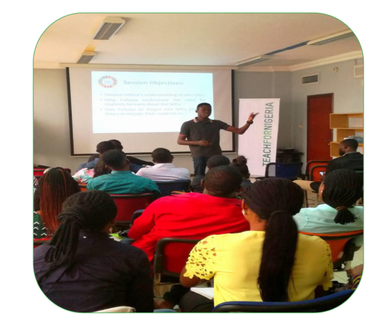 By Oluwaseun Kayode, TeachSDGs Ambassador Teach for Nigeria is an organization that expands educational opportunities for less privileged students in underserved schools in low income communities in Nigeria. They do this by recruiting promising leaders and placing them in classrooms to teach on a two year full time fellowship program. After these two years, these leaders called Fellows would become Alumni of the fellowship and would also be lifelong advocate of quality education for all. Teach For Nigeria is a partner of the Teach For All global network with presence in over 45 countries. I was privileged to facilitate a one hour session on the topic “Incorporating SDGs in Learning in Classrooms” for fellows in one of their continuous professional development sessions. The session objectives were as follows:
Outcome:
We had a very engaging session and everyone participated in defining what Sustainable Development Goals are to them through a simple 10 minute activity. With this, we all had a shared understanding of the global goals and why it’s important that we achieve them by 2030. There was a common understanding that it’s possible that these goals would be achieved and it would happen through a mass action – everyone everywhere doing something to achieve them. It was indeed a session of commitment as fellows took pledges on the TeachSDGs website to teach the goals in their classroom. I was able to share the work that we do at TeachSDGs and also about the Global Projects Subcommittee which I am privileged to co-chair with Sandra Rodriguez. Fellows also got to know about ‘The World Largest Lesson’ during this presentation and some of them have started downloading lesson plans and taking courses on the SDGs which they would use in the next school term. It is needless to say that the one hour session wasn’t enough, as fellows wanted to learn more and continue the discussion. To this end, there was a suggestion that a WhatsApp group chat be created for interested fellows to continue the discussion on how we can use education to achieve the global goals. We had a great time together, and I can’t wait to have other opportunities to talk about TeachSDGs. Regards, Oluwaseun Kayode. [email protected]; @kayoluwaseundav TeachSDGs Ambassador – Nigeria 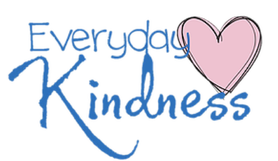 By Nam Ngo Thanh, TeachSDGs Founding Ambassador, Vietnam Why did I decide to do this project? As a teacher or parent, what do you care about when your child goes to school? When asked this question, 90% of the time I received the answer: "I want kids to have good academic results." This is a perfectly reasonable expectation. However, the school, the family, and the society teaches many other things. Sometimes a child's success in the future is not determined by the knowledge they have. At present, in Vietnam and in many countries in general, school violence is happening more and more severely. We are anxious, but there is not much action to take root to end this situation. Personally, I think that once people treat each other kindly, society will be better. Scientific studies show that kindness brings a lot of physical and mental benefits, and children need a healthy dose of warmth to be able to grow into healthy individuals--fun and perfect. Children as well as teens cannot learn kindness just by thinking or talking about it. Kindness is learned through perception and then is distributed. That feeling is when they are doing the right thing. So, who will teach children kindness? It's me, you, and this society. The Everyday Kindness Project aims to bring children the value of goodness in life. Throughout the project, I also realized that kindness is the root of what we can achieve with the Global Goals. Since its inception, the project has received the attention and support of many teachers around the globe, especially the support of the Varkey Teacher Ambassadors. What are the objectives of the project?
5 WEEKS: 1 MISSION *Week 1: Building knowledge - Students watch videos of kindness - Discussion together + What is kindness? + What actions are considered kind? (Some kind actions you can suggest to your students if they need your help: caring for themselves, helping their parents, helping their friends, scavenging, etc.) *Week 2, 3, 4: Kind action - Students will perform kind works everywhere, such as at home, at school, in public, etc. These actions need to be recorded in photos, videos, kind stories, etc. Therefore, you should work with parents on a weekly basis by sending parents a weekly action sheet. This form will be sent to parents at the beginning of the week and will be sent back to the teacher on weekends. Parents can send for you photos, videos, their kids' story via email, message. - At the end of each week, teachers will review and commend students for doing a lot of good work. I suggested that teachers print their pictures and paste the corner of the class as a way to advertise them. *Week 5: Skype-a-thon about Kindness To help students share the kind work they have done as well as listen to their friends' stories from other classes, I encourage you to participate in the Skype-a-thon week for students to have chance to connect with other classes around the globe. I think that beautiful action should be widely shared. Skype-a-thon is also an opportunity for students to learn the culture of other countries around the globe. You can also have your student connect with another teacher to share if you do not find a class that shares the same time zone. *Bonus week: Kindness Day (optional) In Kindness Day, you call on all students, parents, and staff in your school to raise money, clothes, food, books, etc. to help children in difficult places. This is the way students learn the way to share difficult with others. What do students say about this project? "I feel I am a useful person." "I understand parents’ hard work." "I'm happy to help everyone." "I'm proud of myself." That's the feeling of the students when participating in the Everyday Kindness Project. Throughout the project, the children learned about their parents' struggles, their parents' concerns, and their concern for those around them. These are the great effects that the project did during five weeks. In the lines of students’ feelings, doing kindness just to see the smile of parents, make parents happy, makes people around happy, but most important, "find themselves useful" is what makes them happiest and most proud of themselves. Join us to spread kindness to the people around you! Complete this form if you want to be a part of this project. 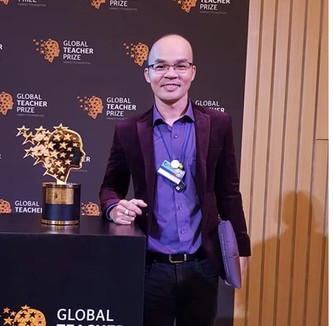 Nam Ngo Thanh (@mrnamvas) works as a primary school teacher in Ho Chi Minh city, Vietnam. He is also a Microsoft Learning Consultant and Varkey Teacher Ambassdor. He has authored multiple articles, and he been nationally and internationally recognized for the implementation of creativity and the integration of technology into his teaching. As well as being a Top 40 Finalist for the Global Teacher Prize 2018, he was also named Educator of the Year Asia 2017 and the winner of the 2018 Global Collaboration PLN Award. |
AuthorSTeachSDGs Team & Contributors Archives
November 2019
Categories |
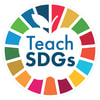
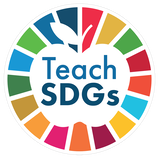

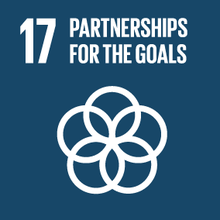
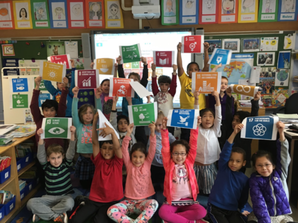
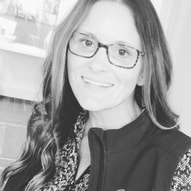
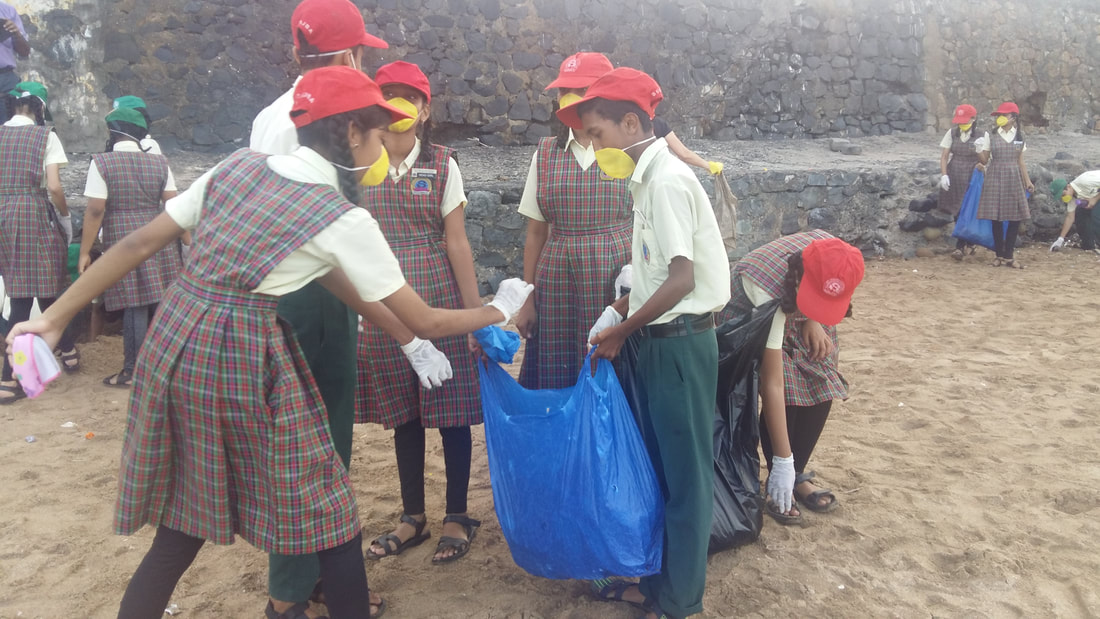
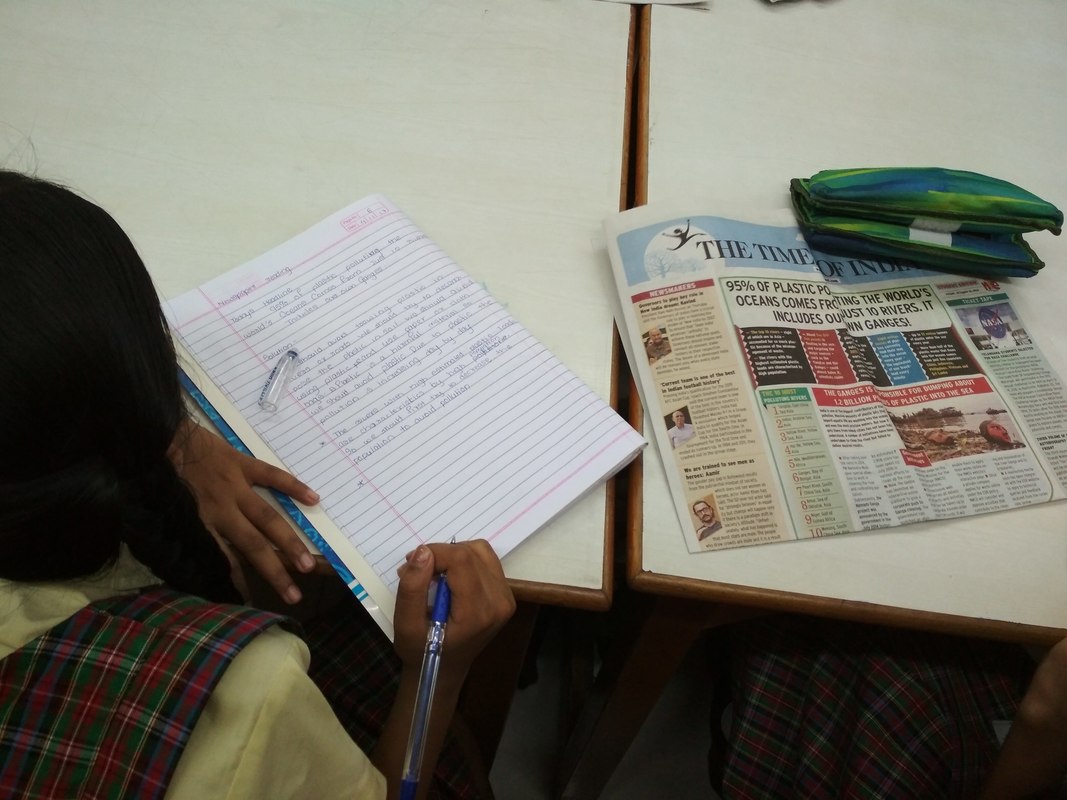
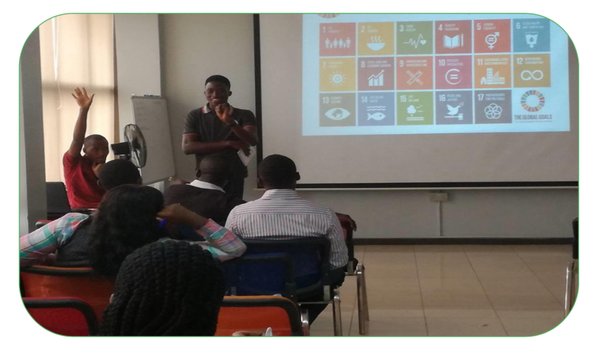
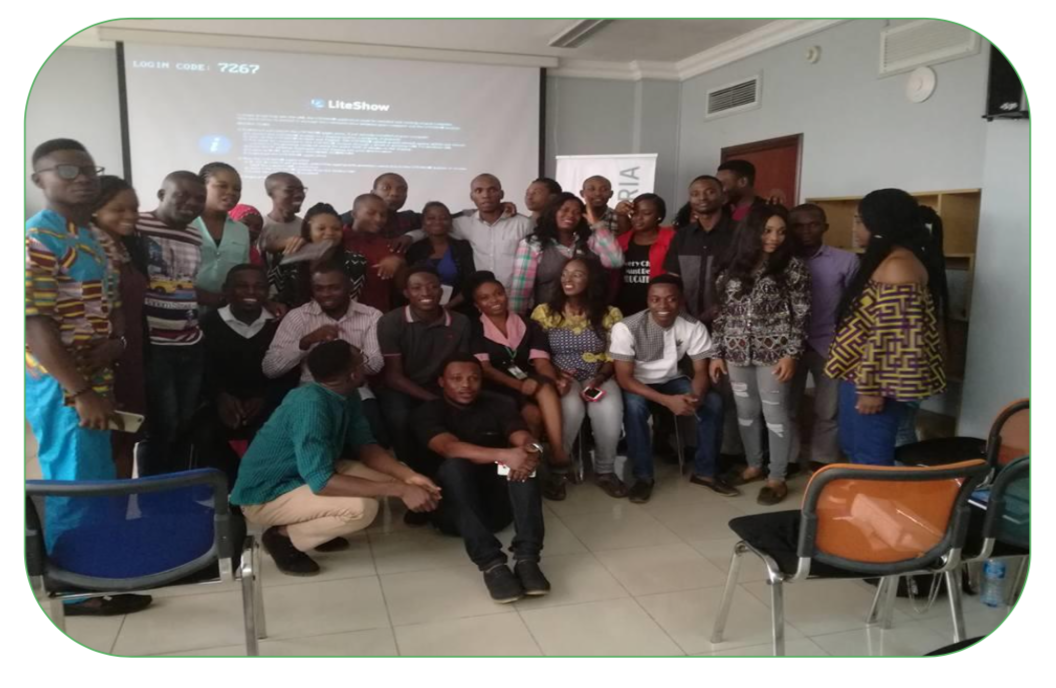
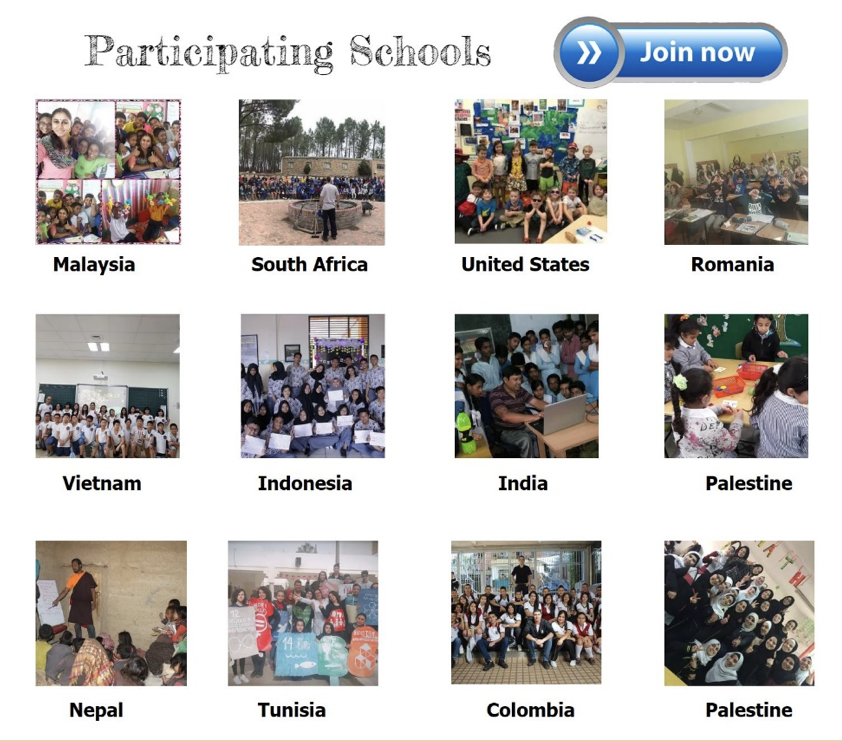
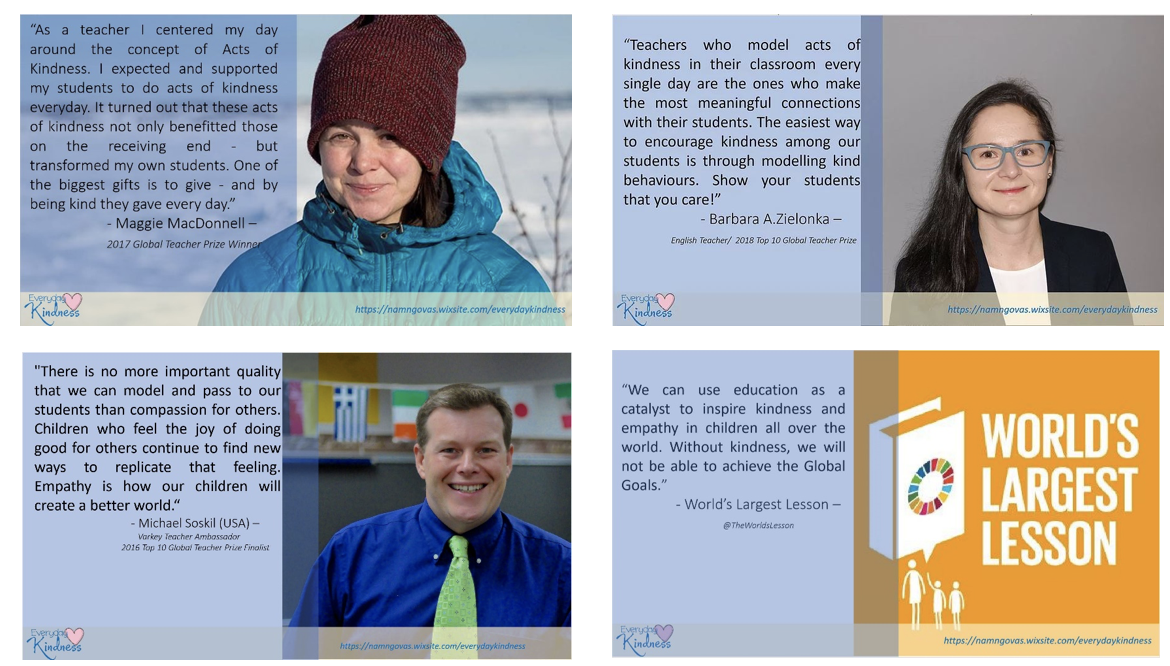

 RSS Feed
RSS Feed